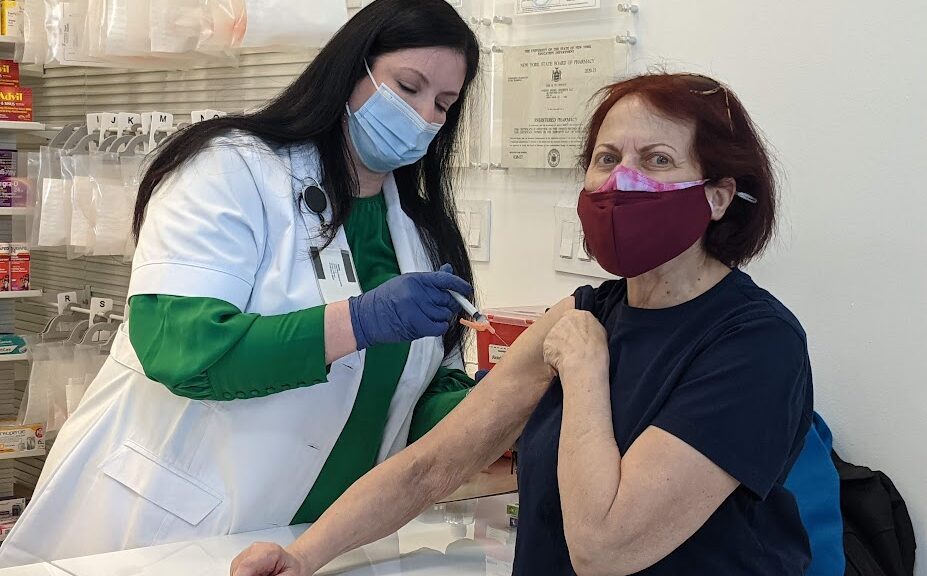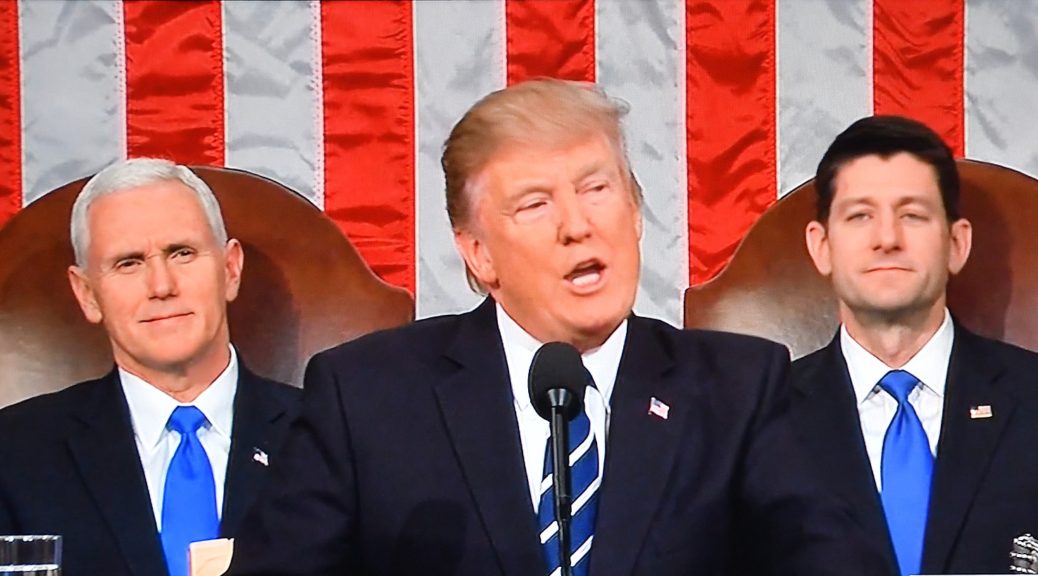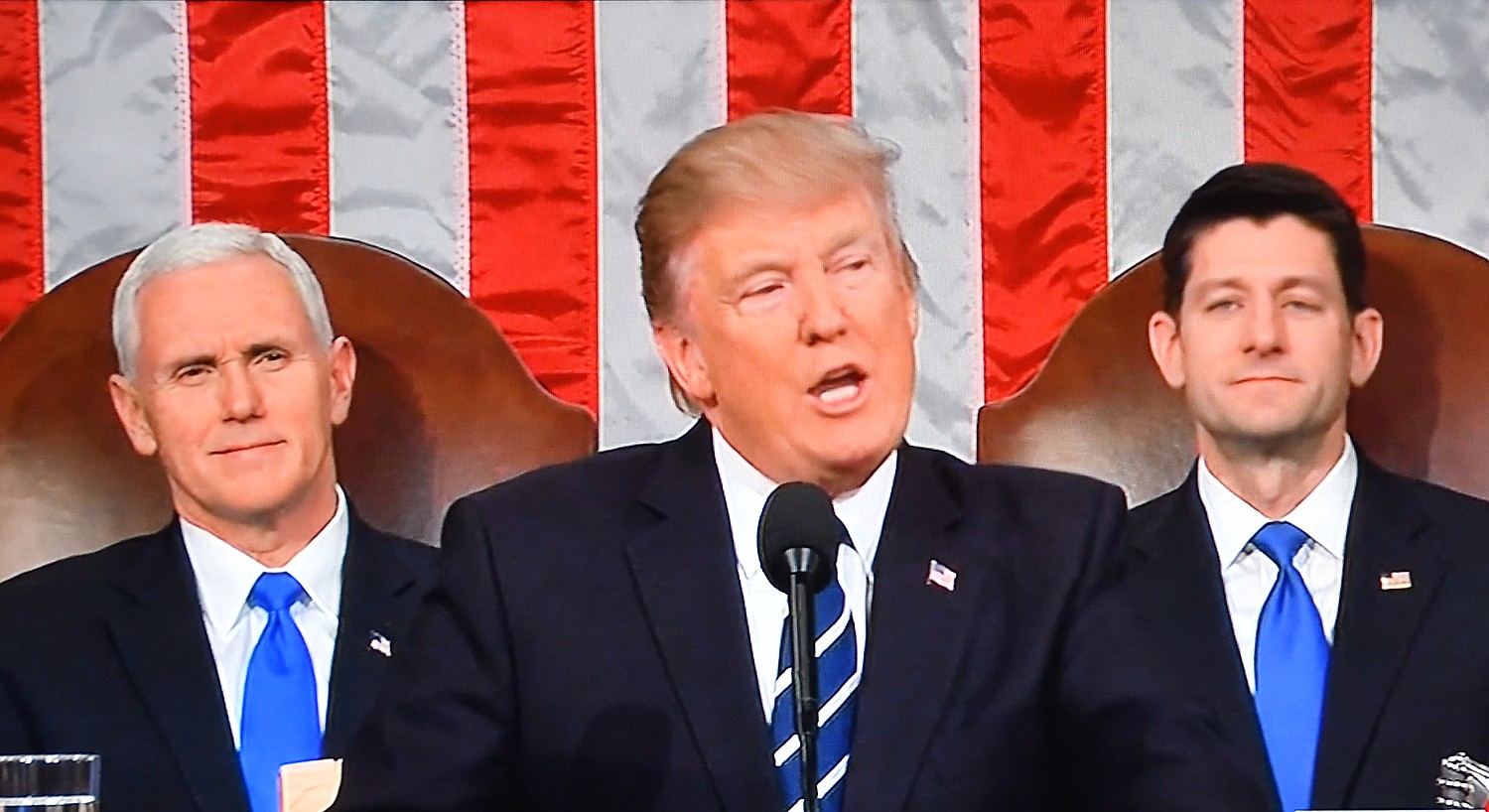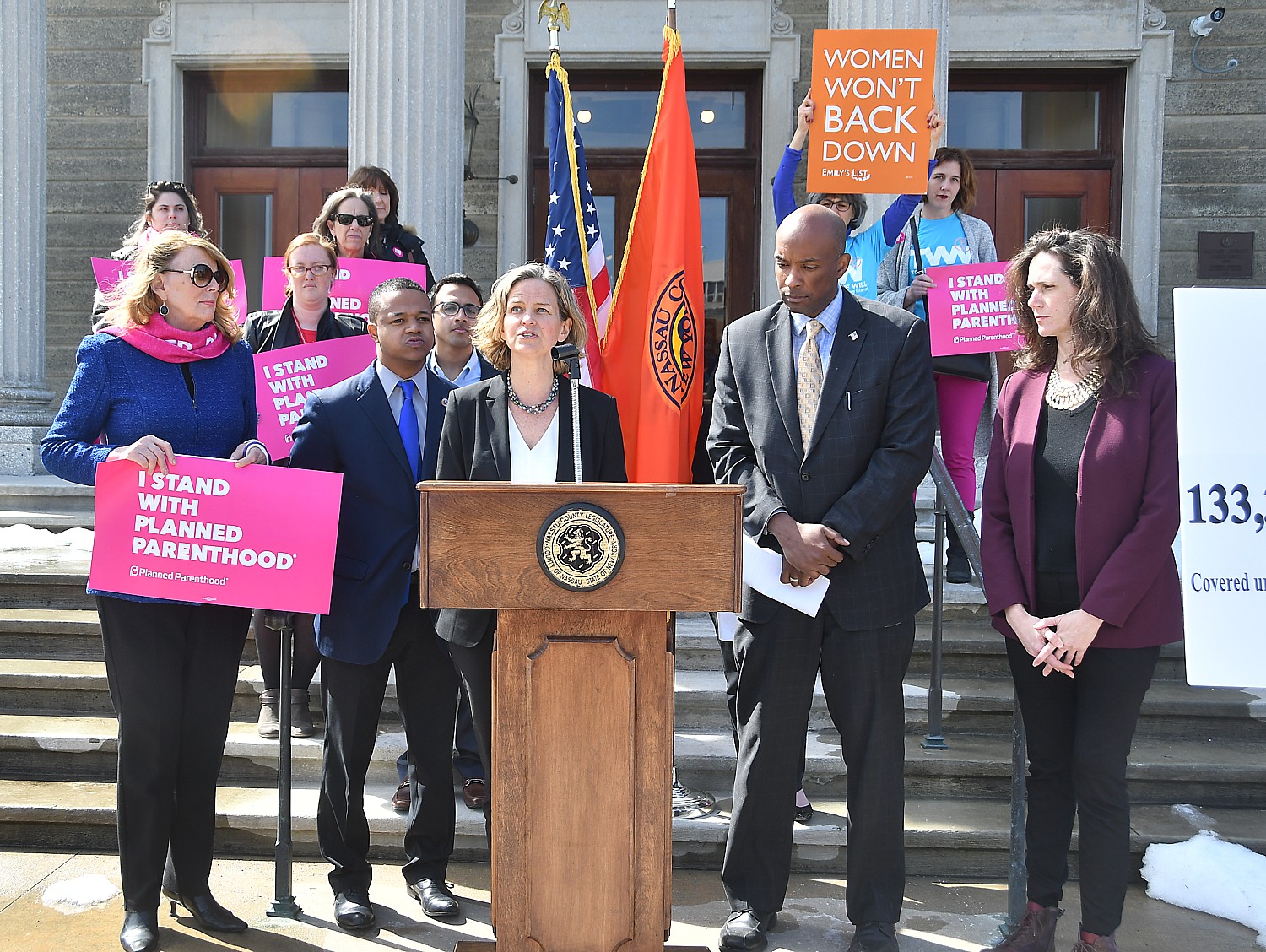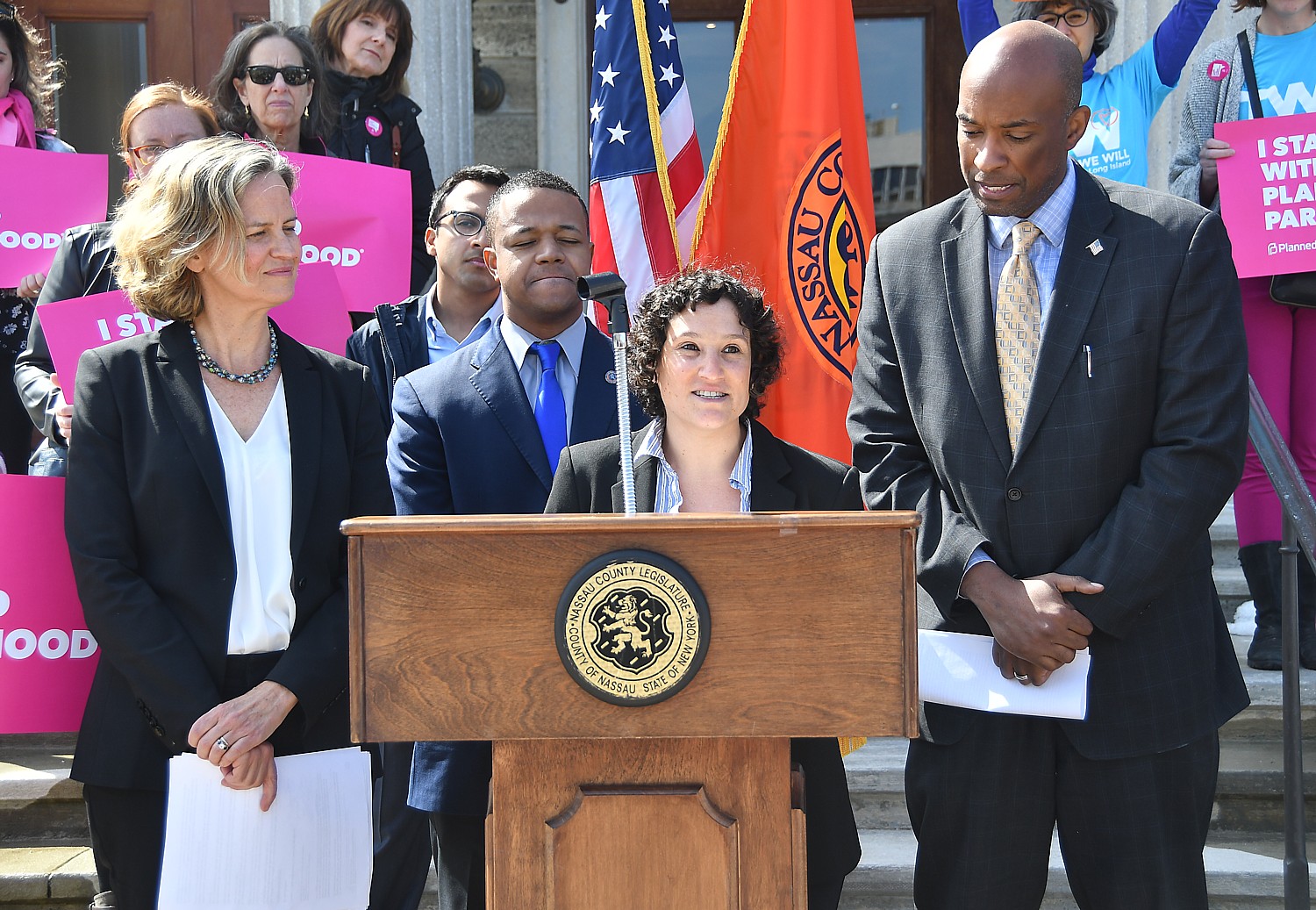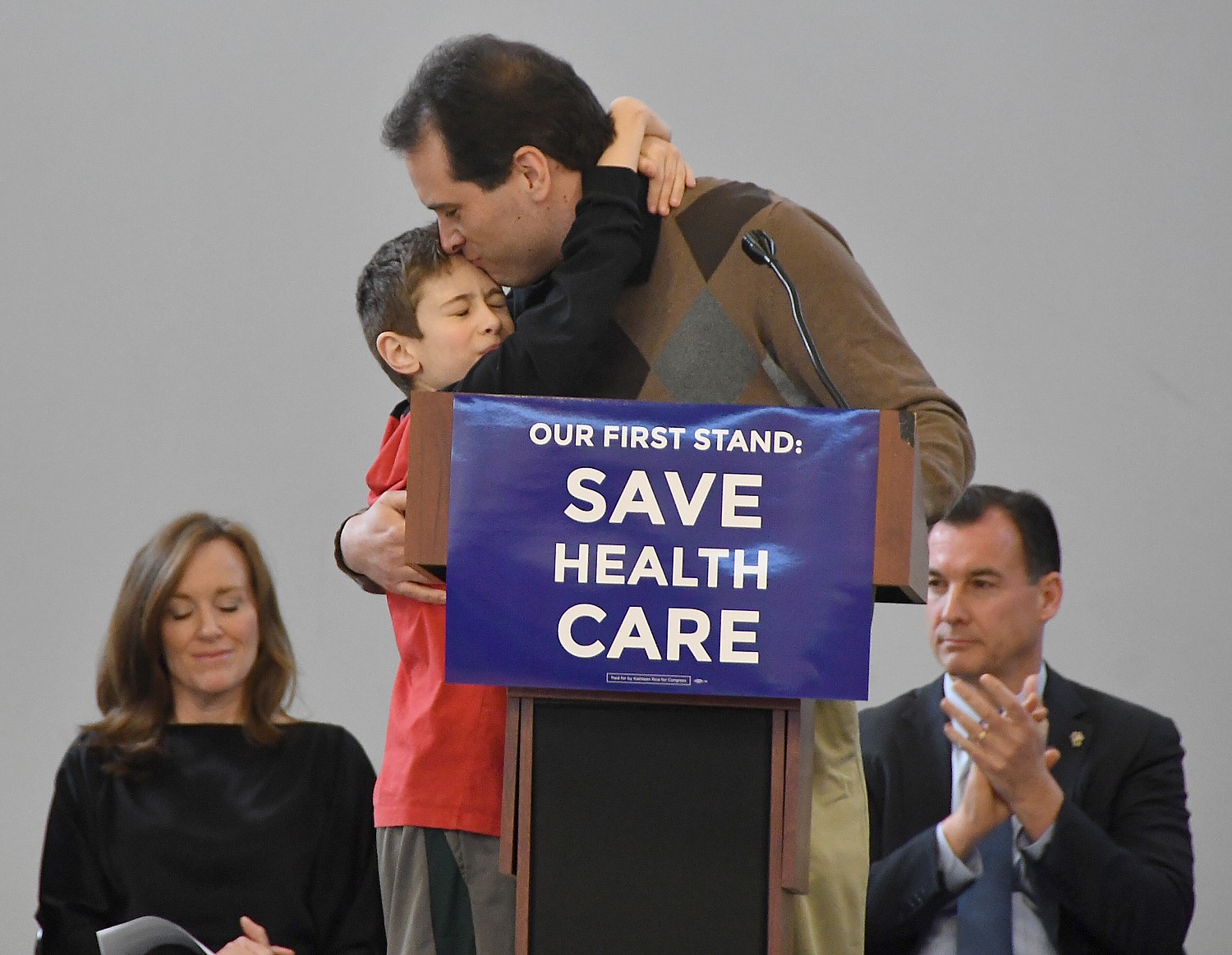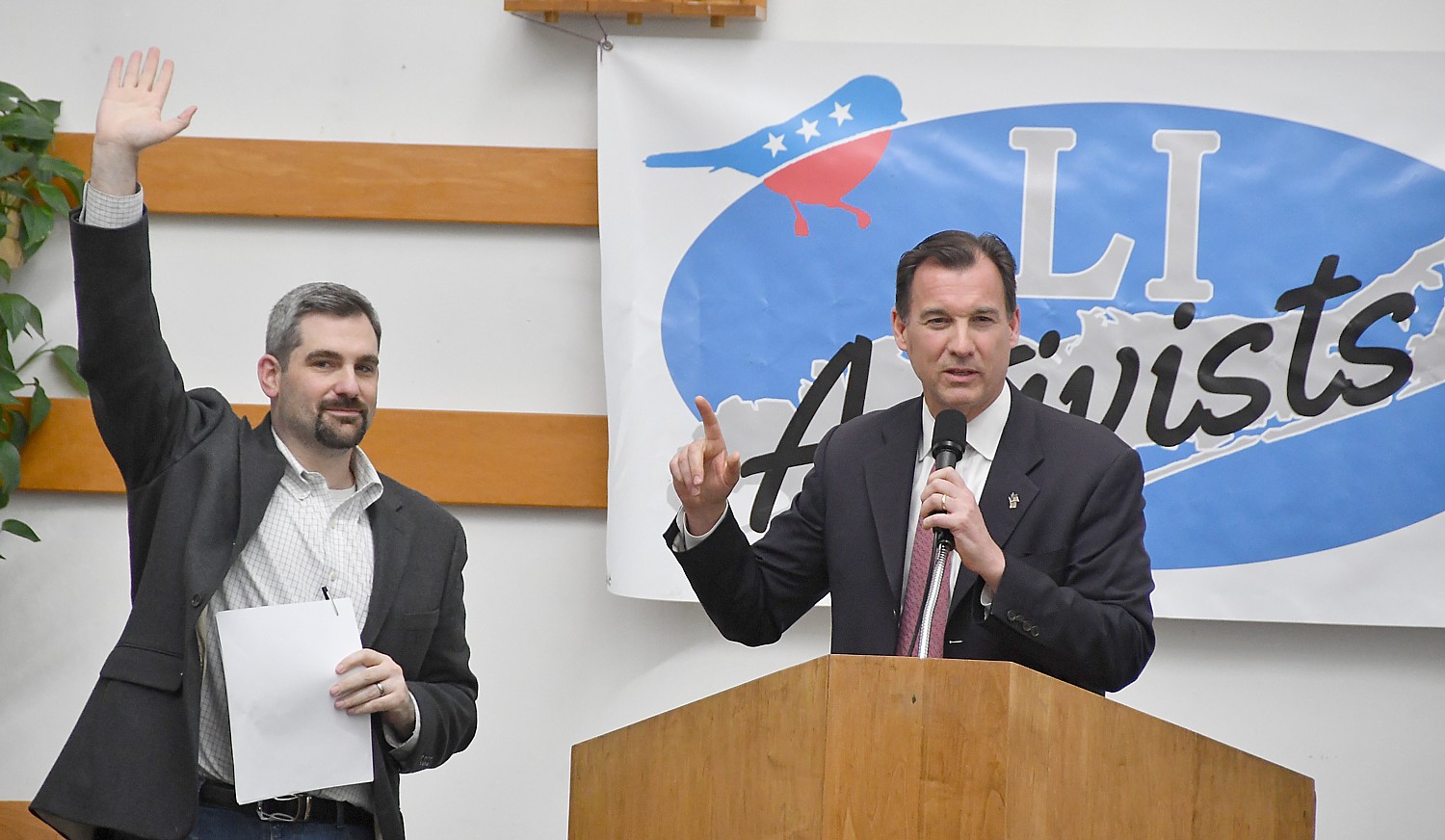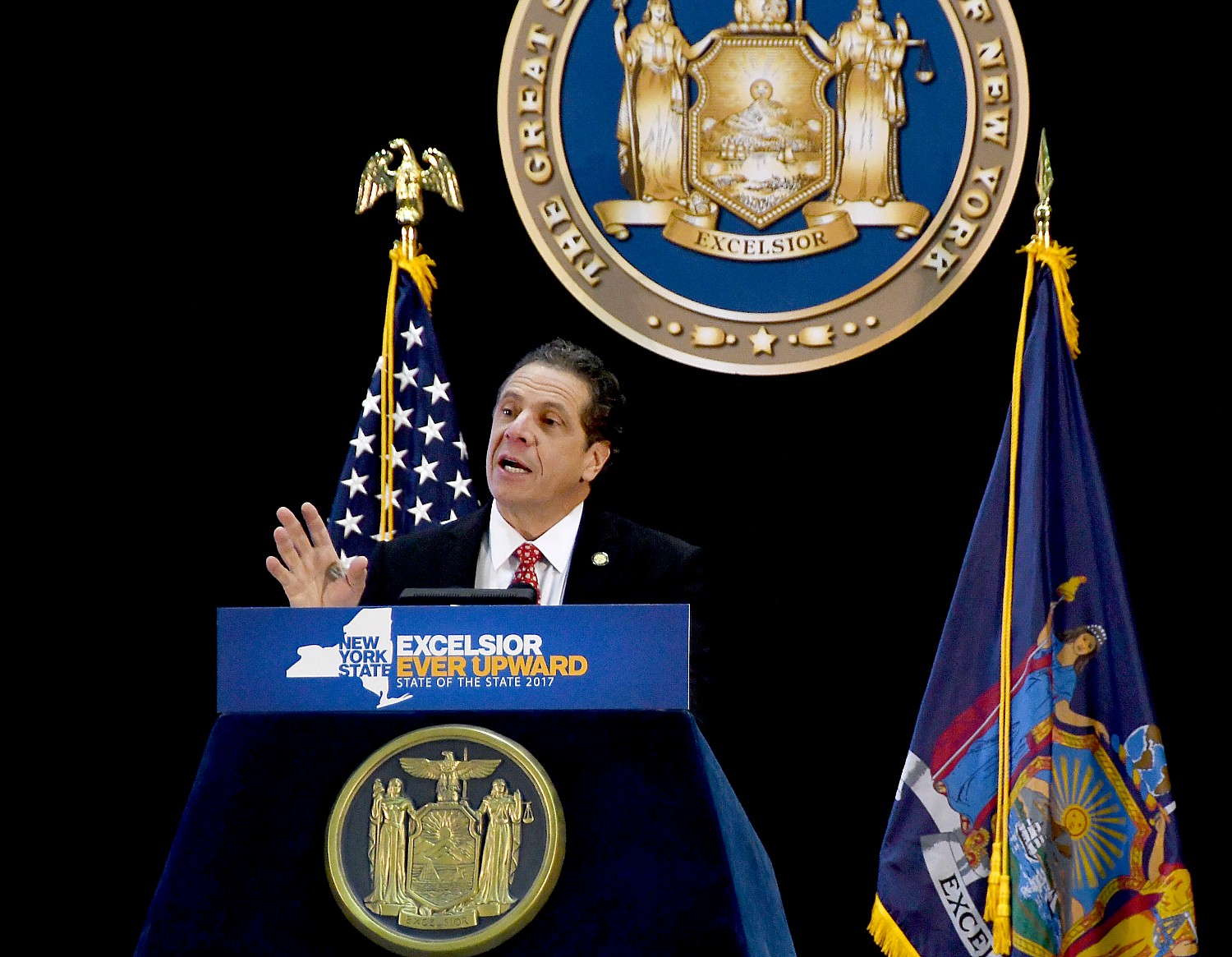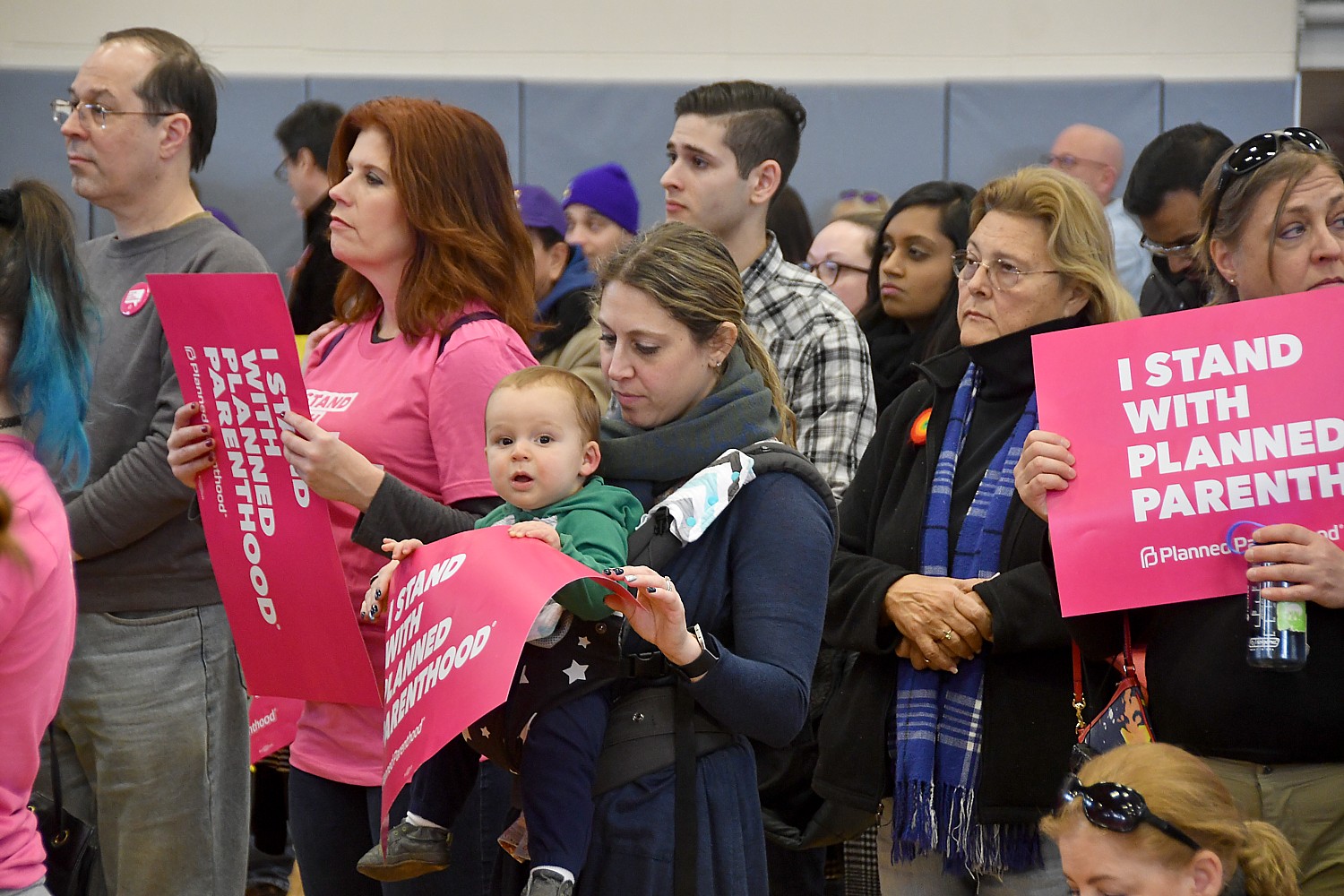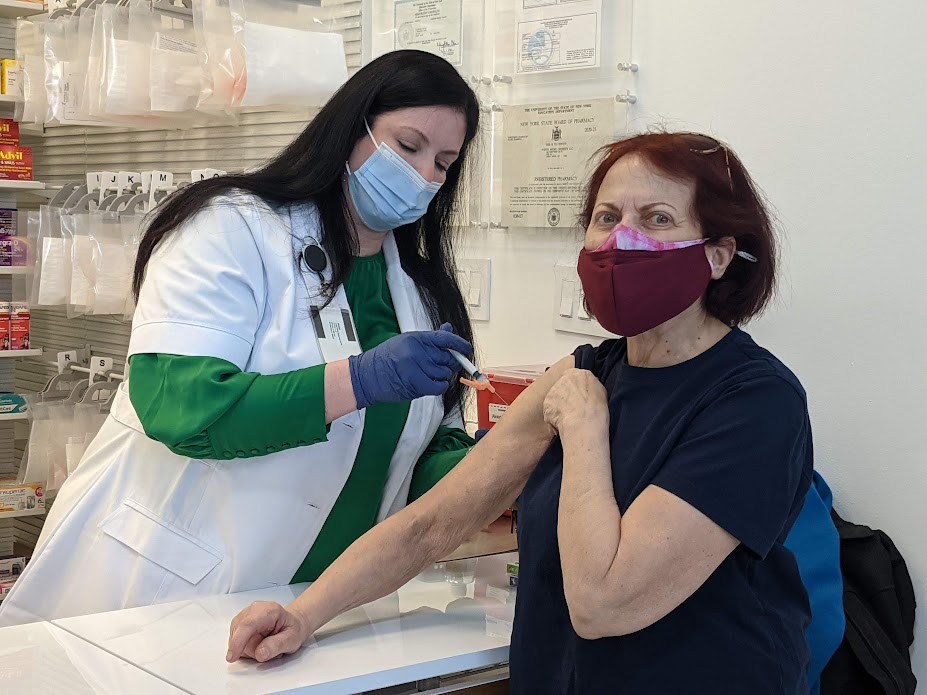
In the immortal words of President Biden as VP when President Obama signed the Affordable Care Act (Obamacare) into law, this is a big f—kg deal.
For the first time, thanks to President Biden’s Inflation Reduction Act – the historic law lowering health care costs – Medicare is able to negotiate the prices of prescription drugs.
Today, the U.S. Department of Health and Human Services (HHS), through the Centers for Medicare & Medicaid Services (CMS), announced the first 10 drugs covered under Medicare Part D selected for negotiation. The negotiations with participating drug companies will occur in 2023 and 2024, and any negotiated prices will become effective beginning in 2026. Medicare enrollees taking the 10 drugs covered under Part D selected for negotiation paid a total of $3.4 billion in out-of-pocket costs in 2022 for these drugs.
“For far too long, pharmaceutical companies have made record profits while American families were saddled with record prices and unable to afford life-saving prescription drugs. But thanks to the landmark Inflation Reduction Act, we are closer to reaching President Biden’s goal of increasing availability and lowering prescription drug costs for all Americans,” said HHS Secretary Xavier Becerra. “Although drug companies are attempting to block Medicare from being able to negotiate for better drug prices, we will not be deterred. The Biden-Harris Administration will continue working to ensure that Americans with Medicare have access to innovative, life-saving treatments at lower costs.”
The Biden-Harris Administration has made lowering prescription drug costs and improving access to innovative therapies a key priority. Alongside other provisions in the new law that increase the affordability of health care and prescription drugs, allowing Medicare to negotiate prescription drug prices will strengthen the program’s ability to serve people with Medicare now and for generations to come. The negotiation process will consider the selected drug’s clinical benefit, the extent to which it fulfills an unmet medical need, and its impact on people who rely on Medicare, among other considerations, such as costs associated with research and development as well as production and distribution for selected drugs. As a result of negotiations, people with Medicare will have access to innovative, life-saving treatments at lower costs to Medicare.
The selected drug list for the first round of negotiation is:
- Eliquis
- Jardiance
- Xarelto
- Januvia
- Farxiga
- Entresto
- Enbrel
- Imbruvica
- Stelara
- Fiasp; Fiasp FlexTouch; Fiasp PenFill; NovoLog; NovoLog FlexPen; NovoLog PenFill
These selected drugs accounted for $50.5 billion in total Part D gross covered prescription drug costs, or about 20%, of total Part D gross covered prescription drug costs between June 1, 2022 and May 31, 2023, which is the time period used to determine which drugs were eligible for negotiation. CMS will publish any agreed-upon negotiated prices for the selected drugs by September 1, 2024; those prices will come into effect starting January 1, 2026. In future years, CMS will select for negotiation up to 15 more drugs covered under Part D for 2027, up to 15 more drugs for 2028 (including drugs covered under Part B and Part D), and up to 20 more drugs for each year after that, as outlined in the Inflation Reduction Act.
“We’ve reached this milestone because of the Inflation Reduction Act– one of the most significant laws ever enacted, and one that passed with the leadership of Democrats in Congress,” President Biden stated. “We took on Big Pharma and special interests, overcoming opposition from every Republican in Congress, and the American people won.”
When implemented, prices on negotiated drugs will decrease for up to 9 million seniors. These seniors currently pay up to $6,497 in out-of-pocket costs per year for these prescriptions. In addition, the nonpartisan Congressional Budget Office reports that this will save taxpayers $160 billion by reducing how much Medicare pays for drugs through negotiation and inflation rebates.
“This plan is a key part of Bidenomics, my economic vision for growing the economy from the middle out and the bottom up – not the top down. And it’s working.,” Biden stated. “That’s why Big Pharma has already filed eight lawsuits against my Administration, and spent nearly $400 million last year to try to stop our progress. Let me be clear: I am not backing down. There is no reason why Americans should be forced to pay more than any developed nation for life-saving prescriptions just to pad Big Pharma’s pockets. For many Americans, the cost of one drug is the difference between life and death, dignity and dependence, hope and fear. That is why we will continue the fight to lower healthcare costs – and we will not stop until we finish the job.”
HHS Announces First Set of Drugs Selected for Medicare Price Negotiation
For the first time ever, HHS announced ten drugs selected for Medicare drug price negotiation:
| Drug Name | Commonly Treated Conditions | Total Part D Gross Covered Prescription Drug Costs from June 2022-May 2023 | Number of Medicare Part D Enrollees Who Used the Drug from June 2022-May 2023 | Average Part D Covered Prescription Drug Costs Per Enrollee |
| Eliquis | Prevention and treatment of blood clots | $16,482,621,000 | 3,706,000 | $4,448 |
| Jardiance | Diabetes; Heart failure | $7,057,707,000 | 1,573,000 | $4,487 |
| Xarelto | Prevention and treatment of blood clots; Reduction of risk for patients with coronary or peripheral artery disease | $6,031,393,000 | 1,337,000 | $4,511 |
| Januvia | Diabetes | $4,087,081,000 | 869,000 | $4,703 |
| Farxiga | Diabetes; Heart failure; Chronic kidney disease | $3,268,329,000 | 799,000 | $4,091 |
| Entresto | Heart failure | $2,884,877,000 | 587,000 | $4,915 |
| Enbrel | Rheumatoid arthritis; Psoriasis; Psoriatic arthritis | $2,791,105,000 | 48,000 | $58,148 |
| Imbruvica | Blood cancers | $2,663,560,000 | 20,000 | $133,178 |
| Stelara | Psoriasis; Psoriatic arthritis; Crohn’s disease; Ulcerative colitis | $2,638,929,000 | 22,000 | $119,951 |
| Fiasp; Fiasp FlexTouch; Fiasp PenFill; NovoLog; NovoLog FlexPen; NovoLog PenFill | Diabetes | $2,576,586,000 | 777,000 | $3,316 |
[Source: CMS, https://www.cms.gov/files/document/fact-sheet-medicare-selected-drug-negotiation-list-ipay-2026.pdf]
These ten drugs are among those with highest total spending in Medicare Part D – $50 billion in total part D gross covered drug cost s- or 20% of total part D gross covered drug costs june 1, 2022, may 31, 2023. More than 8 million Part D enrollees depend on these vital treatments to treat life-threatening conditions including diabetes, heart failure, and cancer, but many struggle to access their medications because of prohibitive costs.
Medicare drug price negotiation will result in lower out-of-pocket costs for seniors and will save money for American taxpayers. Negotiations for the first group of selected drugs will begin in 2023, with negotiated prices going into effect in 2026.
Out-of-Pocket Costs for Drugs Covered Under Part D Selected for Drug Price Negotiation, by State
Today HHS also released a report showing that 9 million Medicare Part D enrollees took the drugs covered under Part D selected for negotiation and paid a total of $3.4 billion in out-of-pocket costs for these drugs in 2022. For enrollees without additional financial assistance, average annual out-of-pocket costs for these drugs were as high as $6,497 per enrollee in 2022.
To view a state-by-state breakdown of the number of Medicare enrollees who use the prescription drugs selected for negotiation and their out-of-pocket costs, visit HHS’s website.
Continuing to Lower Prescription Drug Costs
Every day, millions of seniors are saving money on prescription drug costs because of the Biden Administration’s actions. People with Medicare are saving an average of $70 in out-of-pocket costs on vaccines like shingles and Tdap because President Biden’s Inflation Reduction Act made recommended vaccines free for beneficiaries starting this past January. Nearly four million seniors and others on Medicare with diabetes started to see their insulin costs capped at $35 per month this past January, saving some seniors hundreds of dollars for a month’s supply. And some seniors taking drugs covered under Part B for which manufacturers have hiked prices faster than inflation are saving up to $449 in lower coinsurance this quarter thanks to the new Medicare inflation rebates.
People with Medicare will continue to see their prescription drug costs go down as more provisions of the Inflation Reduction Act go into effect in the coming years. Part D enrollees will no longer pay 5% co-insurance when they reach the catastrophic phase of their benefit starting in 2024. Nearly 19 million seniors and other Part D beneficiaries are projected to save $400 per year on prescription drugs when the out-of-pocket cap drops to $2,000 in 2025, and 1.9 million enrollees with the highest drug costs will save an average of $2,500 per year. And the lower prices negotiated for the high-spend drugs selected today will go into effect in 2026.
The President’s Budget for Fiscal Year 2024 builds upon the Inflation Reduction Act to continue lowering the cost of prescription drugs. For Medicare, this includes further expanding the newly established negotiation authority by extending it to more drugs and bringing drugs into negotiation sooner after they launch. The Budget also includes proposals to curb inflation in prescription drug prices and cap the prices of insulin products at $35 for a monthly prescription in the commercial market to lower drug costs for all Americans.
The ability to negotiate drug prices is historic. For decades, Big Pharma lobbyists (three for every one member of Congress) and Congressional Republicans stopped Medicare from saving taxpaying, hardworking families money by negotiating lower drug costs.
The result of that blockade was that Americans were forced to pay the highest prices for medicines in the world, despite the fact that taxpayers subsidize Big Pharma’s research and development.
“This is a game-changer for Americans who are being overcharged for medicines they need and a game-changer for Medicare because it will spend less taxpayer money to deliver the same benefits,” stated Deputy Press Secretary and Senior Communications Adviser Andrew Bates.
“This comes after President Biden also beat Big Pharma by capping the price of insulin at $35 per month for Medicare recipients. Big Pharma has spent nearly $400 million lobbying to stop these reforms.”
However, as the Biden Administration takes these newest historic actions to lower drug costs for Americans and strengthen Medicare, Congressional Republicans continue to side with Big Pharma’s price gouging and cuts to Medicare benefits instead.
Not only do congressional Republicans want to take the new benefits being announced today away from Americans with repeal legislation (just as they spent years trying to repeal the Affordable Care Act – Obamacare) – they are even siding with Big Pharma’s lawsuits to stop them in their tracks, Bates said.
Congressman Morgan Griffith endorsed their suits, saying, “every drug manufacturer probably ought to sue because it is, on its face, an unconstitutional taking.”
And reporters have frequently noted that in their opposition to this breakthrough for seniors, congressional Republicans are parroting Big Pharma’s talking points and “echoing arguments the pharmaceutical industry has made for years.”
After unsuccessfully voting to block President Biden’s plan to let Medicare negotiate lower drug costs, Congressional Republicans have sought to repeal it, in alignment with Big Pharma. In the midterms, they campaigned on repealing Medicare’s new power but shut their ears to voters’ message back to them.
This summer alone, the Republican Study Committee, which represents over three quarters of House Republicans, unveiled yet another repeal plan.
The handouts Congressional Republicans are pursuing for Big Pharma would explode our deficit, weaken Medicare, and subject more American seniors and families to price gouging for life-saving medicines, Bates said.
“Across the board, the hallmark of congressional Republicans’ trickle-down economic agenda is to increase costs and financial burdens shouldered by hardworking Americans in exchange for welfare payoffs to the super rich and multinational corporations. In this case, Big Pharma.
“Their philosophy is the polar opposite of Bidenomics, which is based on rewarding hard work and growing our economy by growing the middle class. Not leaching off the middle class for an extreme rightwing scheme to redistribute income upward.
“We should be bolstering Medicare’s ability to lower drug costs for families, instead of trying to erase them.
“This fight is far from over. President Biden is pushing to expand Medicare’s capacity to negotiate lower drug costs, which he released a concrete plan for in his budget,” Bates said.

